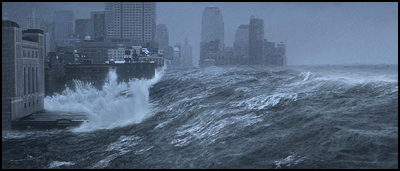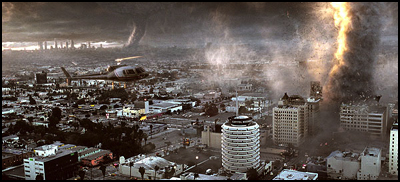Introduction

Recent research has identified two parallel, interacting modes of information processing: an analytic, logical and abstract system of symbol manipulation; and an experiential, emotional and concrete system of images, narratives and associations. Research has also demonstrated that the experiential system can have powerful influences on risk perception, decision making and behavior. A related body of research has incorporated these psychological findings within a broader theoretical framework, which integrates psychological, social and cultural processes to understand the social amplification and attenuation of risk. These studies have identified the mass media as a critical actor in public risk perceptions, but have focused exclusively on the role of the news media (e.g., newspapers) in risk communication. To date, there has been no empirical investigation of the influence of motion pictures on public risk perceptions and behavior, despite substantial anecdotal evidence suggesting that popular movie representations of risk can occasionally have a powerful influence on public risk perceptions and behaviors (e.g., Jaws and The China Syndrome). Motion pictures, which integrate powerful imagery, strong emotional cues, and character-driven narrative, work directly on an individual’s experiential processing system. Further, they can become major risk amplification events vicariously experienced by millions of people.
Research Questions

This project explored the impact of vicarious experience and the social amplification of risk at the national scale. Specifically, we hypothesized that The Day After Tomorrow, a film that depicts abrupt, catastrophic climate change, would measurably alter public risk perceptions of the likelihood and severity of climate change impacts and shift public conceptions of climate change from a gradual, linear warming to abrupt, non-linear and catastrophic change.
Methodology
Three national surveys were conducted to track changes in American climate change risk perceptions: (1) a week before The Day After Tomorrow opened on Memorial Day, 2004; (2) three weeks after the debut; and, (3) five months after the debut.
Results
Leiserowitz, A. (2004) Before and after The Day After Tomorrow: A U.S. study of climate change risk perception. Environment, 46(9), 22-37.
Leiserowitz, A. (2005) The international impact of The Day After Tomorrow. Environment, 47(3), 41-44.